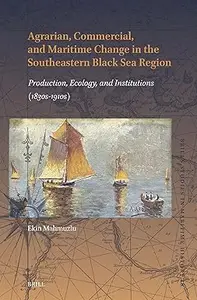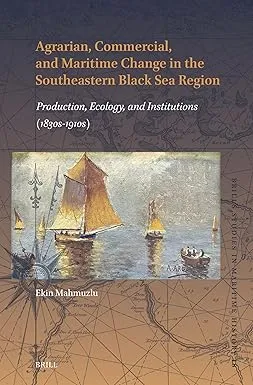Agrarian, Commercial, and Maritime Change in the Southeastern Black Sea Region: Production, Ecology, and Institutions (1830s-1910s)
by Ekin Mahmuzlu
English | 2025 | ISBN: 9004714588 | 459 Pages | PDF | 18 MB
by Ekin Mahmuzlu
English | 2025 | ISBN: 9004714588 | 459 Pages | PDF | 18 MB
Economic historians have often examined the effects of the integration of the Ottoman Empire into the world markets with macro-level approaches. This book aims to scrutinize the effects of this transition to a capitalist economy through a micro-level approach instead, using micro-level data and microeconomics. It examines the structure of agricultural production and commerce by analyzing major crops and commercial institutions before assessing agrarian, commercial, and maritime changes at the micro-level. Utilizing recent developments in economic history, institutional economics, and ecological economics, it explores the causality behind these agrarian and commercial changes.



